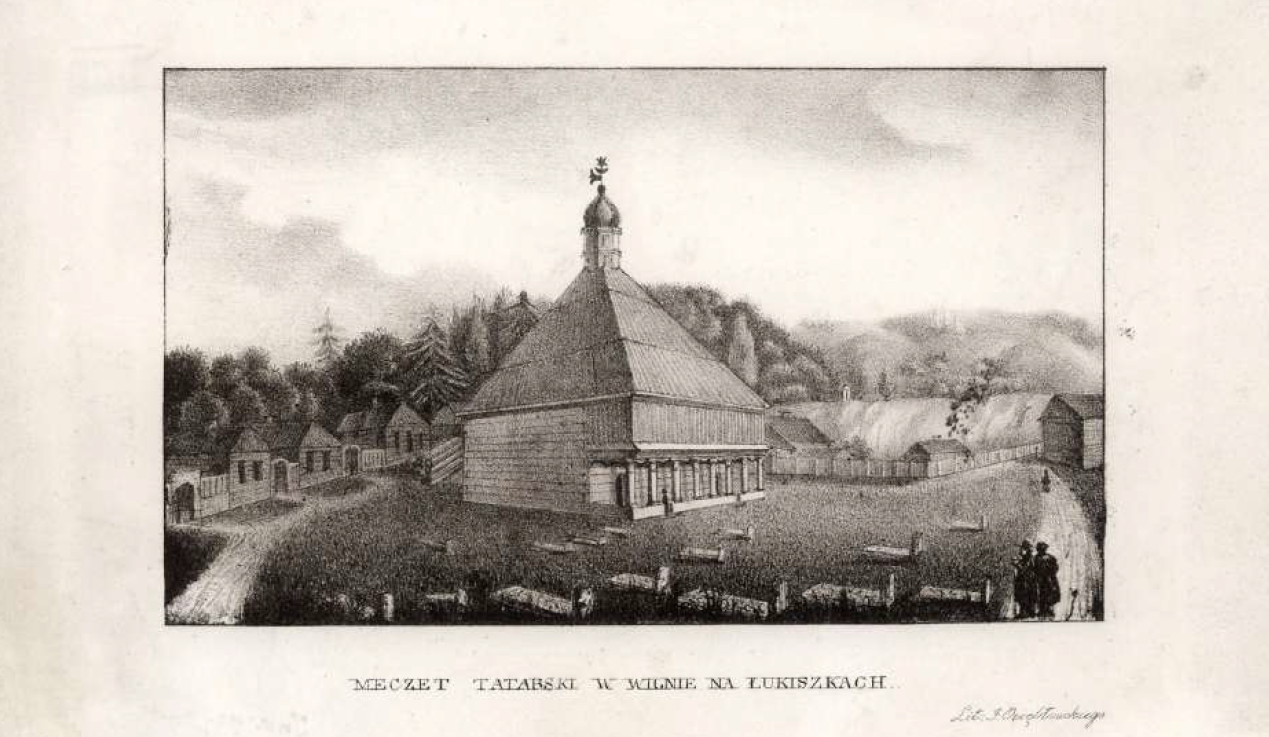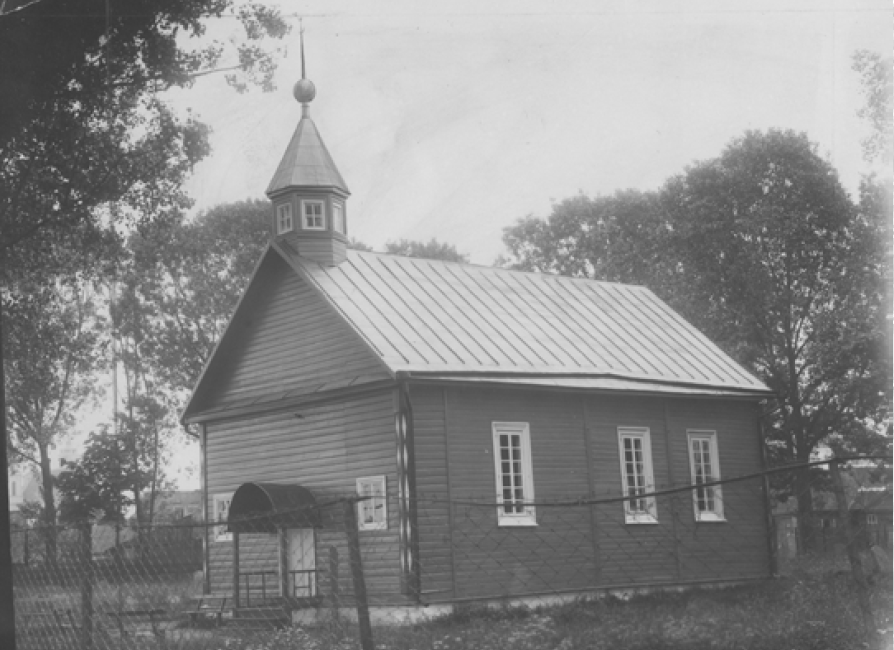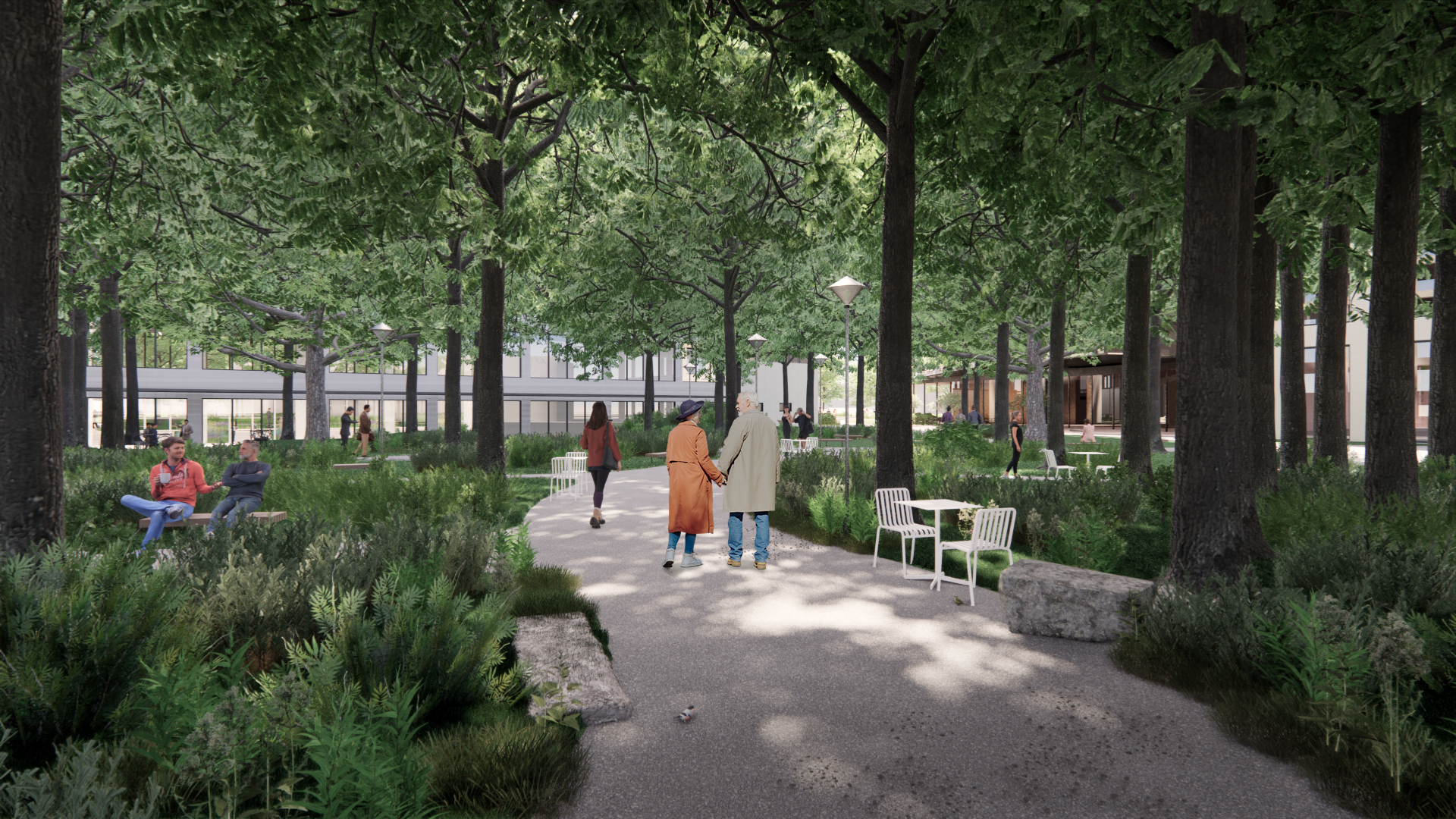Significance and History of the Area

In the 14th century, it is believed that the first Lithuanian Tatars began to settle in Lukiškės. This is why the place was also called Totorių Lukiškės or Totorija.
It is believed that the name of the place comes from the Tatar Lukas Petravičius, who was granted a large plot of land by Grand Duke Vytautas of Lithuania at the end of the 14th century or the beginning of the 15th century.
The Tatars guarded the approaches to Vilnius, gardened, built a mosque here and established a cemetery.
The 16th century marks the beginning of the history of Lukiškės as a trading place with Kaunas and Königsberg – it is the port of Vilnius, with merchants’ warehouses located on the bank of the river Neris.
When the Russians took Vilnius in 1655, Lukiškės was heavily emptied, and many Tatars left, some of them converting to Catholicism.

In 1866-1867, the Tatar mosque was rebuilt in a cone-shaped building to resemble a dwelling house, but the mosque was poorly maintained and gradually disappeared. The mosque was briefly restored in the interwar period.
In 1952, the mosque was closed by the Soviet government and a warehouse was set up there. In 1962, a decision was taken to demolish both it and the cemetery for the reconstruction of the city.
In 1969, the mosque was demolished and the Tatar cemetery destroyed.
The Institute of Semiconductor Physics is built in 1969.

Turto bankas is currently looking for opportunities to create a new identity for the administrative complex in A. Goštauto St. The aim is to adapt the buildings and the territory not only to the activities of state institutions, but also to the needs of society, while at the same time perpetuating the historical legacy of the Tatars here.